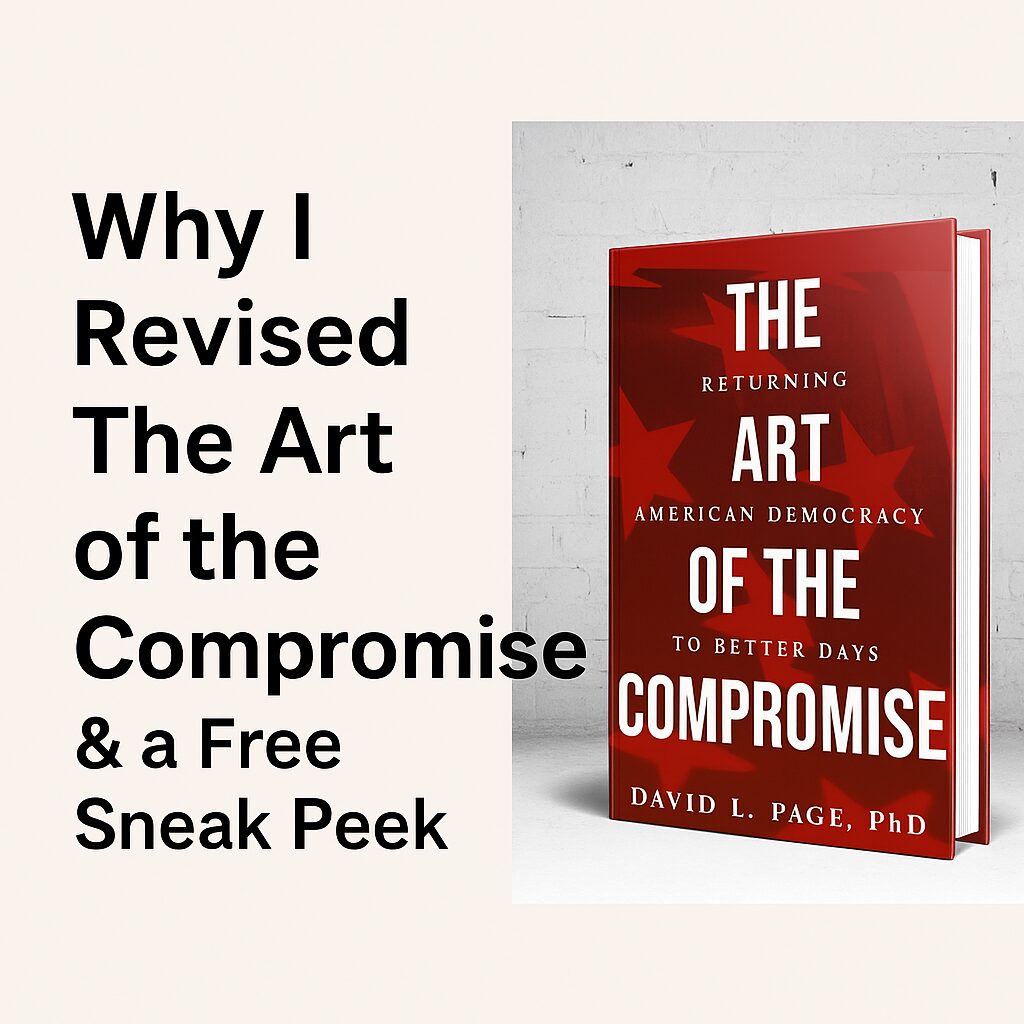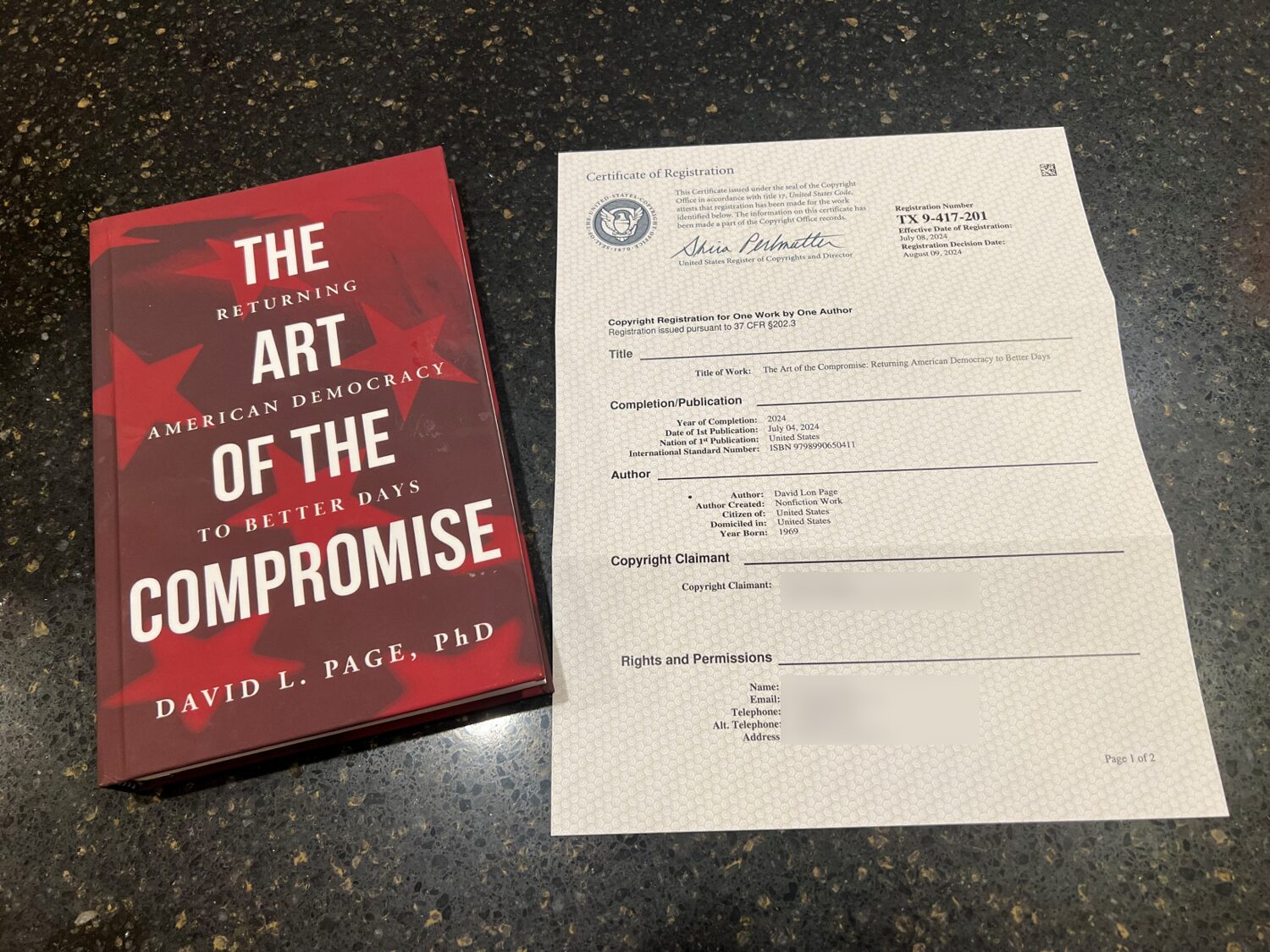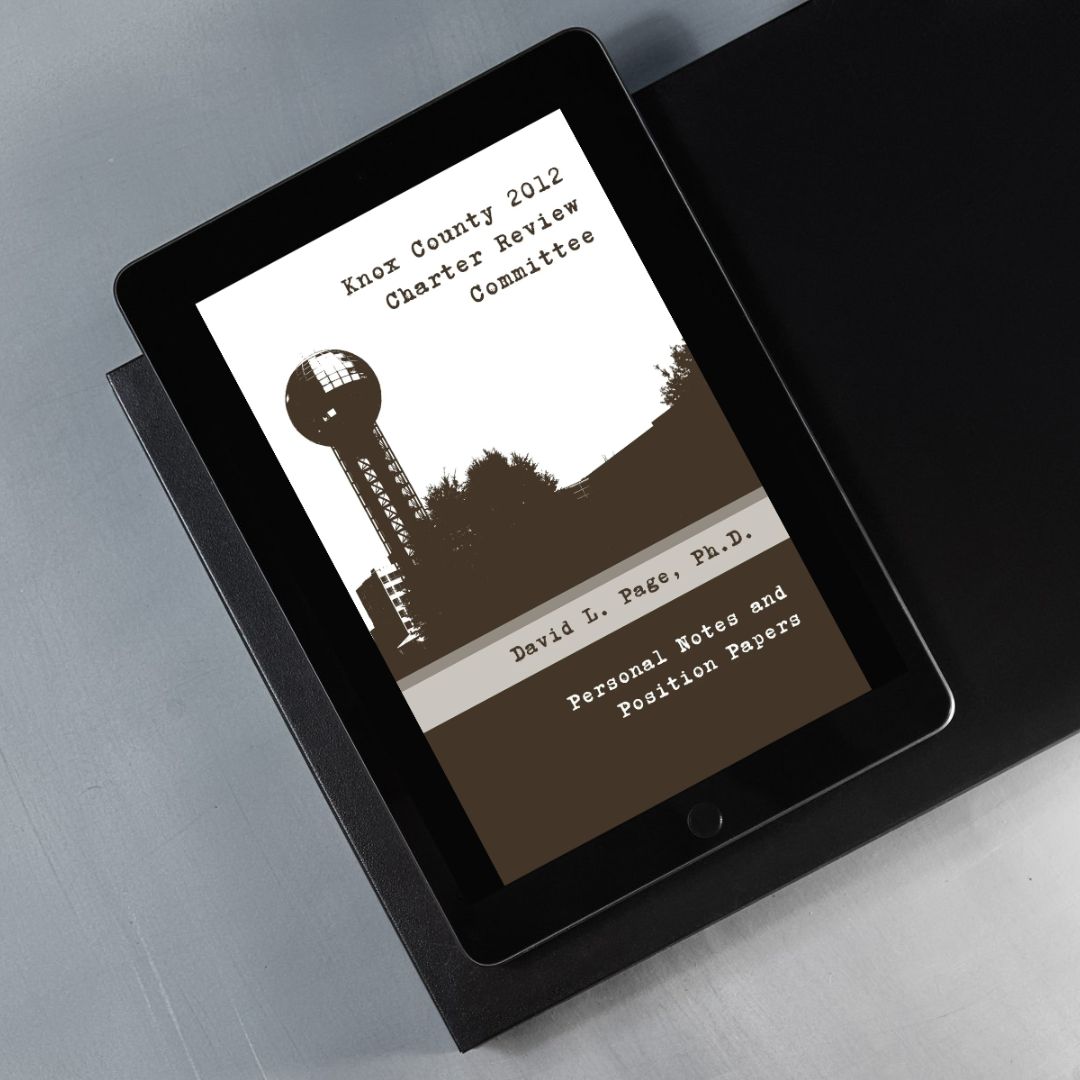Some books age like wine. Others age like yogurt. When I first published The Art of the Compromise, I was proud—proud enough to send it out into the world, but not so proud as to think it couldn’t be better. And after dozens of conversations, dozens more edits, and a lively discussion series we hosted right here in Knoxville this past spring, I realized: it had to be better.
So, I am updating it in paperback form.
The Revised and Expanded Edition of The Art of the Compromise includes all-new material inspired by our Donuts for Democracy discussion group, as well as charts, graphs, and updates in every chapter. It’s still grounded in American history and political thought—but this version adds more data, more nuance, and more hard-earned humility.
I want to give you a taste.
Here’s the Preface—the part where I confess that I’m never quite satisfied with my own writing, explain why I think political compromise is still worth defending, and offer a bit of Jell-O-based metaphor for your trouble. Read it, share it, and let me know what you think.
Preface to the Revised and Expanded Edition of The Art of the Compromise — Paperback Version
I AM NEVER HAPPY with the final copy of an academic article, a newspaper column, or a book chapter, and this updated and revised edition of The Art of the Compromise is no exception. I am no more pleased with this version than I was with the first hardcopy edition. But at some point, one must declare it finished and move on.
The writing process, for me, is one that is never truly complete. The process feels like sculpting a delicate three-dimensional bust from a bowl of jiggly strawberry Jell-O. I have an impression in my mind’s eye of the form that I want to achieve—though that impression is neither precise nor stable—and my hands struggle to shape the Jell-O blobs before slipping through my grasp. In the end, I look back. I read. I re-read. And still, I am not happy. I see flaws. I lose coherence. Yet, we must move on.
As Leonardo da Vinci famously said, “Art is never finished, only abandoned.” So, I must abandon this latest version into the hands of the reader and beg forgiveness. I ask the reader to look past my flaws as a writer and to seek the important ideas about political compromise within these pages.
This new edition includes more than just minor spelling and punctuation corrections—of which there were many—but also introduces new material in each chapter. This revised material derives from a small discussion group in Knoxville during the Spring of 2025. The insights and feedback from that group helped hone the original arguments and added new ones that sharpened the book’s message. The chapters now include charts and graphs that paint a more data-rich context for the ideas expressed. These visuals evolved from the need to translate the words on the pages into shared, tangible points for discussion. My hope is that readers will find them both engaging and enlightening.
I have not intended this book to be definitive, but rather to be useful. If the arguments give the reader pause, stir a conversation, or challenge an assumption, then the book has done its job. We are living through a moment when compromise feels like weakness and when social media—with its resounding gongs and clanging cymbals—drowns out dialogue. I may be a fool, but I believe—perhaps stubbornly—that the American experiment in self-government still works if we are willing humbly to submit to compromise. So, let us begin, not with fear, but with curiosity—and perhaps a little courage, too.
If that resonated with you, the full book is coming soon. I’m hoping to release this summer, but it might not be until the fall. Stay tuned!
And if you’re part of a book club, podcast, or just enjoy a lively argument over coffee, I’m happy to join the conversation.
Let’s prove, together, that compromise isn’t weakness. It’s wisdom in action.


